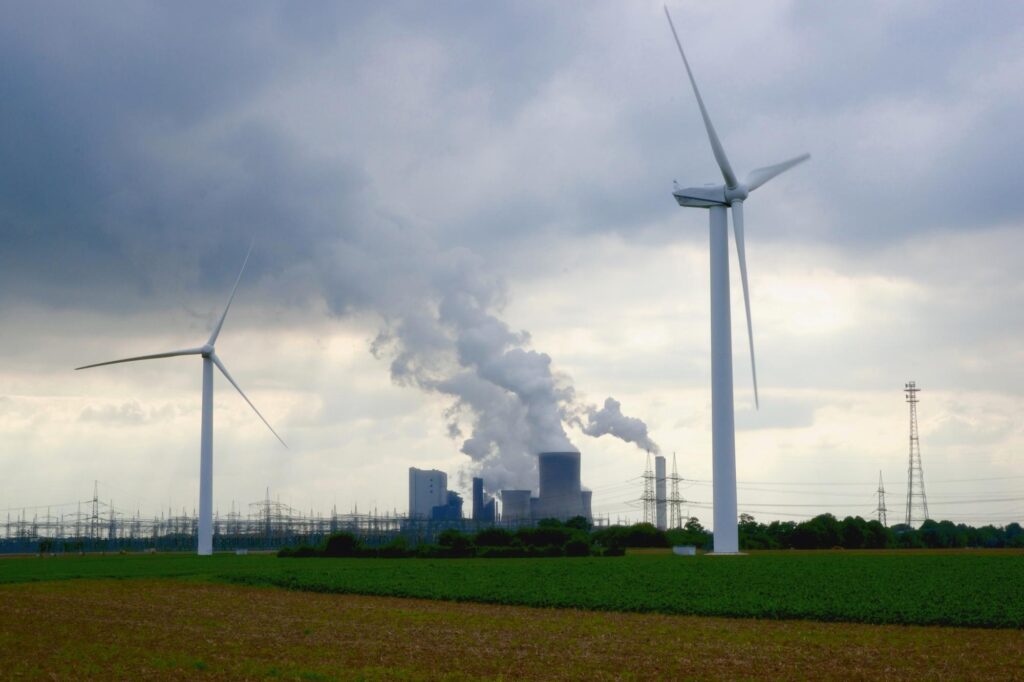India has clarified its stance on bundling of power generated through fossil fuels and RE sources through a new draft policy. The new draft proposes to “bundle” the renewables with coal-based energy to avoid clean energy’s “biggest issue” of intermittency and ensure round-the-clock power to discoms. The Centre claims that the scheme to use a mix of energies will scale up the country’s renewable capacity and help states to fulfil their Renewable Purchase Obligations. The government has invited comments by January 16 from stakeholders, including the Solar Energy Corporation of India, Powergrid Corporation, Central Electricity Authority, state governments, discoms and the renewable energy industry. The generators will have to supply a mix of at least 51% of renewable energy (solar, wind or small hydro), and the rest from thermal sources, annually, keeping at least 80% availability per year.
The policy allows bidders to quote a composite single tariff for the “RE-thermal energy bundle” at the delivery point, which shall be at the central transmission utility (CTU) interconnection point.
Reconciliation: Andhra Pradesh begins clearing dues to renewable companies
In a massive relief to renewable power companies, the state of Andhra Pradesh started clearing dues to the companies, releasing ₹2,500 crore in several tranches. This will settle payments of ten months, from September 2018 to June 2019: covering around 40% of the dues, ET reported. As per a recent high court verdict, the discoms are paying only ₹2.44 per unit against tariffs of ₹4.80/unit mentioned in power purchase agreements (PPAs). The payments will benefit over 10 power developers, including Mytrah Energy, Hero Future Energies, Tata Power, Renew Power and Greenko. The new government’s move to reject existing PPAs in favour of fresh negotiations have severely dented investor confidence, blocking solar power investments throughout 2019. The case put the Centre and the state at loggerheads drawing flak from the governments of France, Canada and Japan. Andhra Pradesh also plans to clear dues with the help of working capital loans from central non-banking agencies such as the Indian Renewable Energy Development Agency (IREDA), and Power Finance Corporation (PFC) is also lending them funds.
Meanwhile, the Centre’s power company, NTPC, in a peace move, has offered to buy 300MW of green power from the cash-strapped Andhra Pradesh to discourage the state from cancelling renewables contracts. Andhra has India’s second-largest installed capacity of clean energy, with investments of around ₹60,000 crore.
India’s renewable year-end outlook drops from stable to negative
Corporate ratings agency ICRA revised the outlook for India’s renewable energy sector from stable to negative for the year 2019. The sector is slowing down for over two years because of payment dues by cash-strapped state distribution companies, as well as execution delays for projects bid out since 2017 due to issues of completion, land acquisition, connectivity and financing of under-construction projects. According to ICRA, tendering of wind and solar PV projects dropped by 37% to 10.6 GW in 9M CY2019 from 16.7 GW in the corresponding period of 2018. Many of the bids called by central nodal agencies remained under-subscribed, The Hindu reported. The agency expects nothing to change in 2020, renewable energy capacity addition will remain at about 8.5-9 GW for FY2020, similar to the capacity added in FY2019 it said.
India installed 181,000 solar irrigation pumps over three years
India installed over 181,000 solar powered irrigation pumps over the past three years, the government said, adding that it will give priority to marginal farmers for installation of solar water pumps up to 7.5 HP capacity for which the government will cover 30% of the benchmark cost of the stand-alone solar pump. The solar pump scheme called the of PM-KUSUM scheme was launched throughout the country in March. The scheme offers installation of 10,000 megawatt (MW) capacity through renewable energy-based small power plants of 2 Mw capacity each in the rural areas; installation of 1.7 million off-grid solar water pumps; and solarization of 1 million existing grid-connected agriculture pumps. The government also plans to initially solarise 100,000 grid-connected pumps, on a pilot basis, which will be scaled up to 1 million solarised agriculture pumps of 7.5 HP capacity each by 2022.
Britain produces more power from zero-carbon sources than fossil fuels in 2019
Britain, for the first time, produced more power from zero-carbon sources such as solar, wind and nuclear energy in 2019, than from thermal plants. Britain in 2019 became the first G7 country to commit to reaching net-zero emissions by 2050 and in November will host the United Nations’ international climate talks in Glasgow. The birthplace of coal plants, the country, data shows, produced about 48.5% of Britain’s electricity with wind, solar, hydro, nuclear and imports, while fossil fuels such as coal and gas contributed about 43%, and the rest came from biomass.
About The Author
You may also like
World, led by China, added 50% more RE capacity in 2023 than in 2022: IEA report
Renewables, not coal, the energy of choice for investors in India for second year in a row: Report
Hope to raise $50 million for solar in next few months; focus on Africa: ISA chief
About 6 lakh new technicians needed globally for wind energy sector by 2027: Report
12% of global growth in solar generation in first half of 2023 came from India: Report


